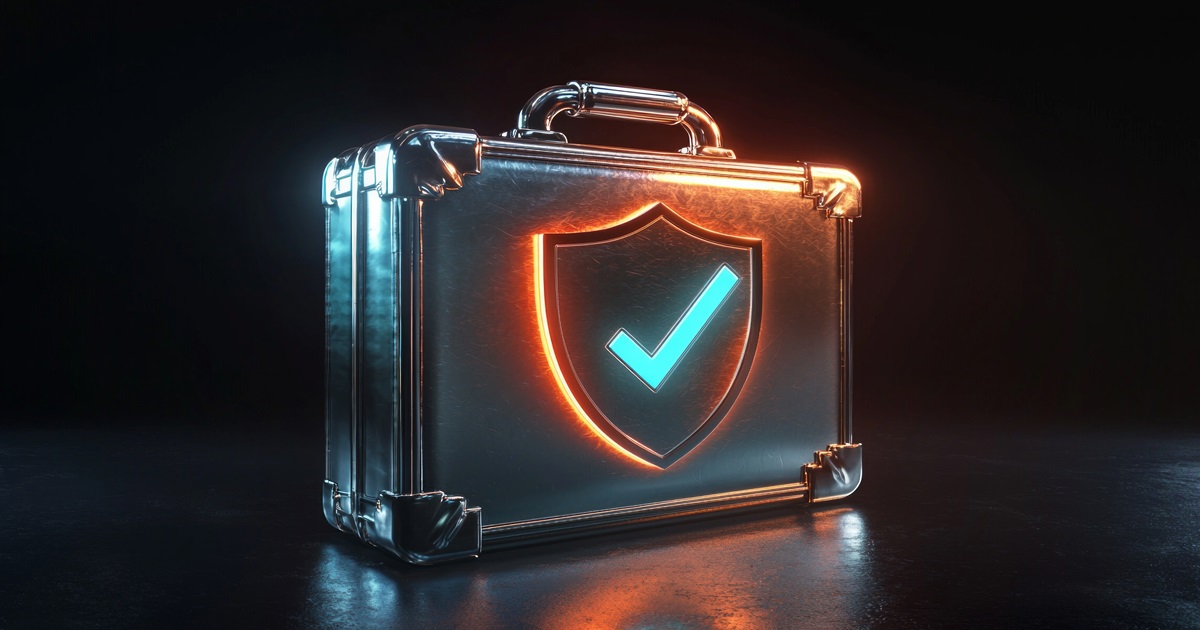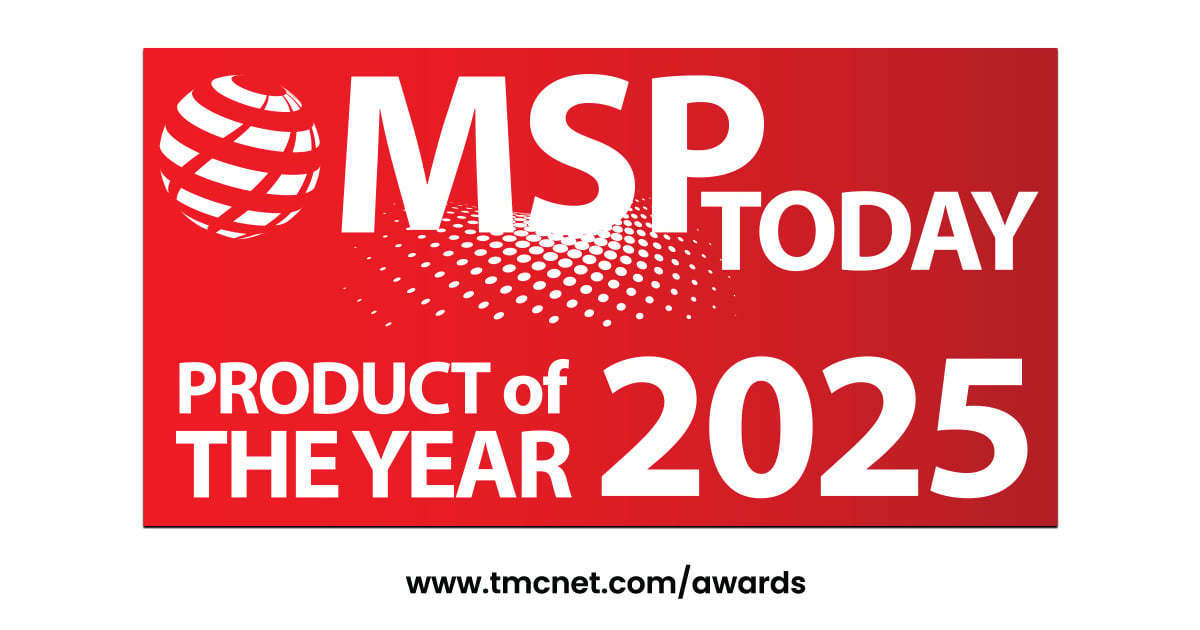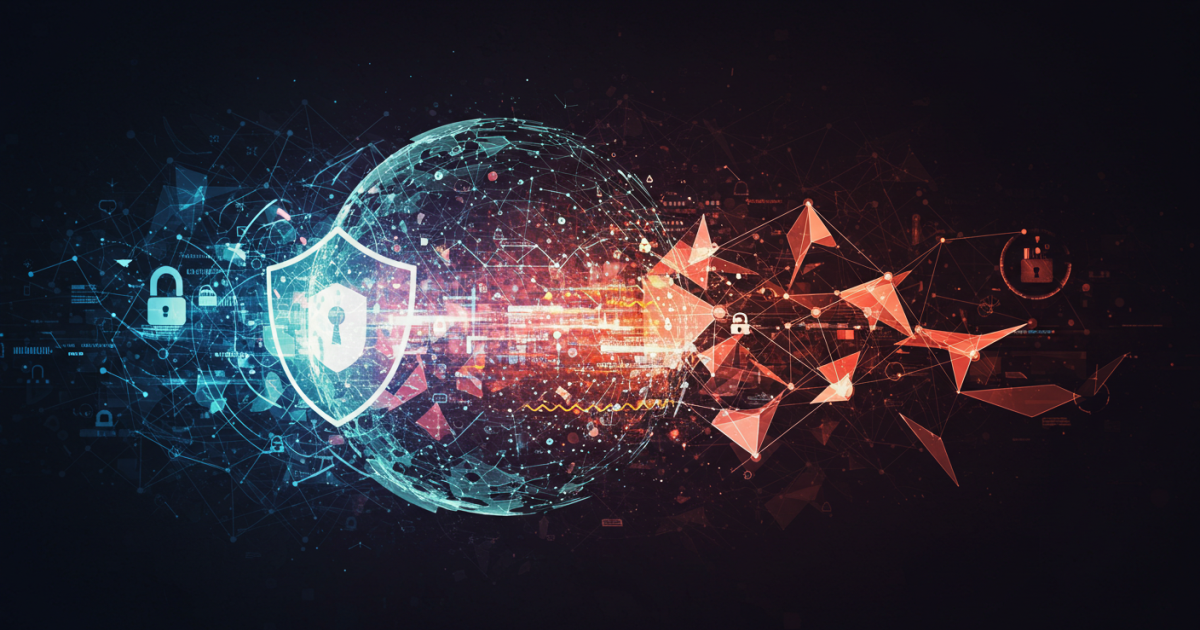
Recent technological advancements continue to change the game being played between attackers and defenders. Let’s take a look at a few examples:
The proliferation of IoT devices expands the attack surface, as many of these devices lack robust security measures. Hackers can exploit vulnerabilities in IoT devices to gain access to networks and sensitive data.
While cloud computing offers numerous benefits, it also introduces new security challenges. Misconfigurations, data breaches and unauthorized access to cloud-based resources are common threats.
The deployment of 5G networks promises faster speeds and lower latency, but it also brings new security concerns. 5G networks are more complex and vulnerable to attack. They require strong security measures to protect critical infrastructure and sensitive data.
These advancements have, rightly so, placed fear in the minds of many CISOs as many look to protect themselves. A recent Team8 survey provided more insight on how CISOs feel about the current technology landscape.
The good news is that cybersecurity budgets are on the rise, with 70% of CISOs reporting increased spending in 2024. (Good, they need to better defend themselves.) However, there is a reason as to why cybersecurity budgets. There is one technological advancement that is causing a huge headache for CISOS: AI.
They need ways to help address AI-related threats, with phishing and deepfake attacks topping the list of concerns. CISOs are prioritizing solutions to defend against these threats, including AI development lifecycle management, third-party AI application data privacy and Shadow AI discovery.
That said, lack of expertise and balancing security with usability are major hurdles in defending AI systems. Additionally, CISOs recognize gaps in existing security solutions, particularly in areas like insider threats, next-gen DLP, third-party risk management, AI application security, human identity management and security executive dashboards.
“As companies evolve from using third-party AI tools to developing their own AI applications, securing AI development pipelines and data infrastructure has become a priority,” said Amir Zilberstein, Managing Partner at Team8 and co-founder of Claroty. “At the same time, AI also introduces new, novel risks, such as deepfakes and social engineering, which are unfamiliar territory for CISOs. Balancing these emerging threats with ongoing issues like identity and third-party risk management will be a critical challenge in the coming years.”
CISOs are feeling it. Over half have personally felt the strain of increased liability concerns. To proactively address potential legal risks, 32% have taken steps like seeking legal advice, acquiring additional insurance or modifying their contracts. Despite growing budgets and responsibilities, 54% of CISOs reported facing heightened scrutiny from their superiors in the past year.
“The latest SEC rulings and rising liability pressures have pushed CISOs into new and complex territory, intensifying both the legal and emotional challenges they must navigate," said Ross Young, CISO in Residence at Team8. "This pivotal shift carries far-reaching consequences – not only for the well-being of CISOs but for the security and resilience of organizations globally. With AI-driven threats on the rise, the CISOs who excel will be those who can adeptly manage these mounting pressures while staying focused on the critical mission of protecting against an ever-evolving threat landscape.”
If something were to be taken from the survey, it’s this. While AI offers transformative opportunities, organizations must balance innovation with security.
Edited by
Alex Passett






